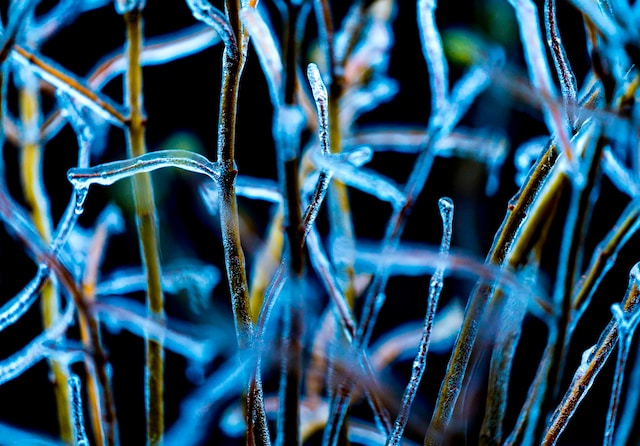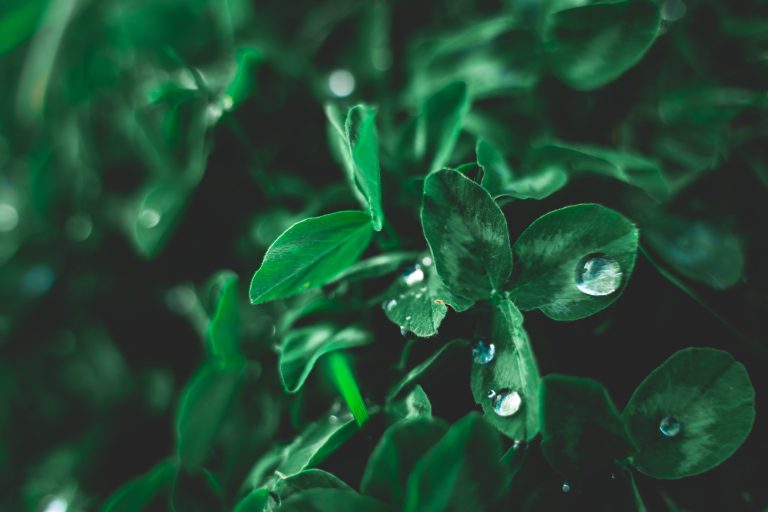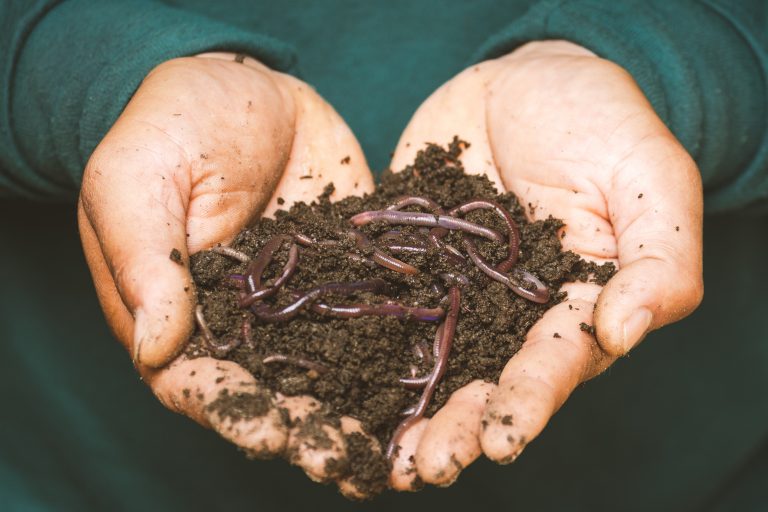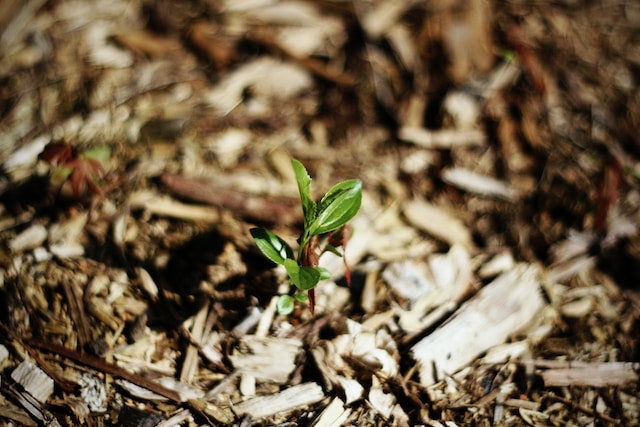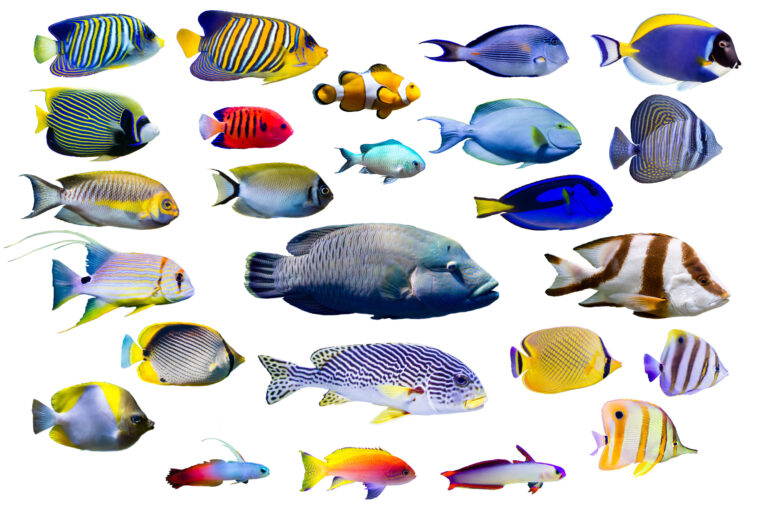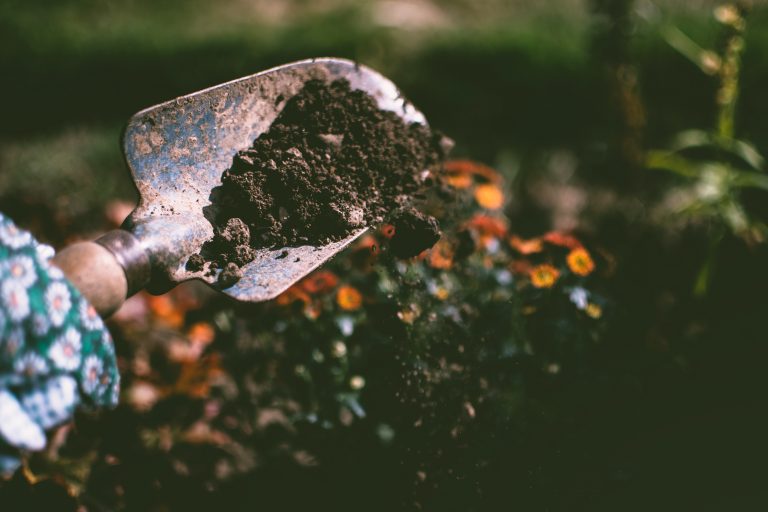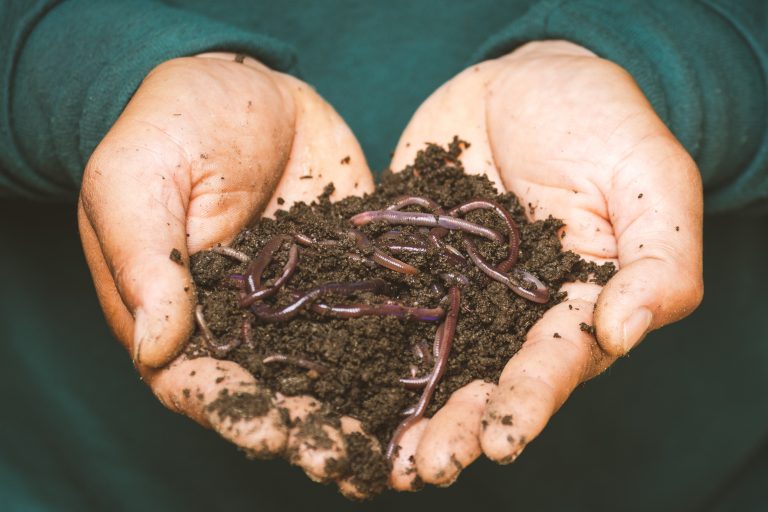About a year ago, I wrote our first article about Enviro Ice. Companies like HungryRoot use this gel to keep items cold for shipping, and I receive it in my monthly food deliveries. Surprisingly, you can use this nitrogen-based product to fertilize your plants according to the manufacturer. I considered trying it in my garden,…
fertilizer
Should I Use Enviro Ice On My Plants?
Every week, I receive food from Hungryroot. It’s a great service through which you can get meal prep or just general groceries. Much of the food needs to stay cold. Therefore, they put cold packs inside the box. They use an option called Enviro Ice. You can dispose of it in many ways, including apparently…
4 Cost-Effective Organic Garden Fertilizers
Regardless of what you’re growing, your plants need nutrients. Without fertilizer, your plants will fail to thrive and grow big and strong. In the case of edibles, a lack of nutrients can limit your crop and lead to poor production. Unfortunately, many fertilizers on the market are expensive. Thankfully there are cost-effective organic fertilizers…
Low-Cost Mulching Options for Weed Control and Soil Health
Mulching is a key part of gardening. Mulching offers soil improvement which makes everything in your garden grow better. It is also one of the most versatile and cost-effective solutions for curbing weed growth in a garden. This guide explores the significance of mulching, its broader benefits, and various low-cost mulching options for reaping the benefits…
5 Reasons To Use Fish Amino Acid on Your Plants
There are so many great reasons to use fish amino acid in your garden. Also known as fish fertilizer, this product provides nutrition to plants in ways that are similar to, but arguably potentially better than, other organic garden fertilizers. There are different types of fish fertilizer and different reasons to use fish amino acid…
Why You Should Test Your Soil
Along with water and sunlight, soil is the lifeblood of a garden. Without healthy, nutrient-filled soil, plants simply won’t thrive. It’s tempting to believe that spraying your garden with fertilizer will encourage lush growth. But if you’re spraying without testing your soil, you may be in for trouble down the line. Why should you…
How to Get Free Worms for Your Garden
Composting is an economical way to recycle household waste like kitchen scraps and yard refuse (dead leaves, grass clippings, etc.). It requires minimal effort, and in return, you get free fertilizer for your garden! Using your homemade compost in place of commercial fertilizers is not only cheap, but it’s also better for your garden. Compost…
